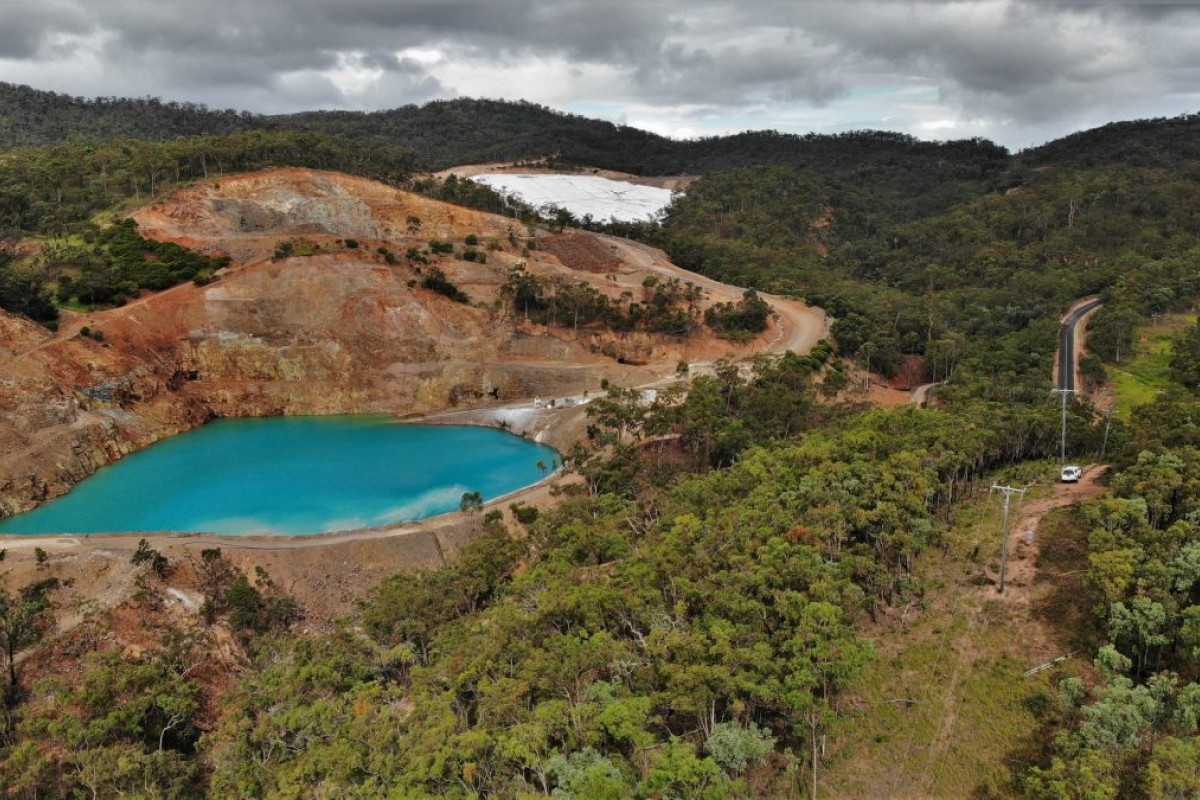General News
9 October, 2019
Baal Gammon mine remains an environmental concern
RESIDENTS who live along the Walsh River and Jamie Creek continue to feel the effects of the uncontrolled leaking of toxic contamination from the abandoned Baal Gammon mine near Watsonville.

RESIDENTS who live along the Walsh River and Jamie Creek continue to feel the effects of the uncontrolled leaking of toxic contamination from the abandoned Baal Gammon mine near Watsonville.
There have been two major contamination events over the past 18 months, after the State Government found in August of last year that copious amounts of aluminium, zinc, copper and cadmium had leaked from the mine into the nearby Walsh River and Jamie Creek.
As a result, residents living along both waterways were told not to drink, swim or use the water by the State Government.
The initial findings in 2018 was compounded by a second bout of extensive contamination after heavy rain earlier this year saw a new seepage point in the mine which was once again leaking into the neighbouring waterways.
A Department of Natural Resources, Mines and Energy (DNRME) spokesperson said over the past six months, DNRME and the Department of Environment and Science (DES) have been treating the accumulated water to neutralise the acidity and remove dissolved metals.
We are also managing water runoff from the surrounding areas by directing flows into the pit, where it can be treated,” they said.
“Irrigation-style evaporative sprinklers have been installed to reduce the amount of water onsite.
“This is in addition to several large industrial evaporator cannons that should be fully operational by the end of October 2019.
“However, with the wet season approaching, we are preparing for the likely scenario that discharging treated water from the site over the coming months would be the safest and smartest option.”
The spokesperson said they are currently finalising their consultation and assessments and determining whether to discharge prior to the wet season or during the wet season.
“This decision will be based on community and environmental considerations and input from key government agencies including DES,” they said.
“Safety is paramount - any water discharge will include detailed downstream monitoring, to ensure the water quality remains within approved limits.
“If variations are detected, we will either slow or stop the water discharge and stakeholders – including residents along the Walsh and Jamie creek – will receive seven days’ notice prior to any water release.
“Jamie Creek is currently dry for most of its course, however, immediately downstream of the mine there is some flow of mine affected water and this continues to be monitored.”
Water quality in Jamie Creek and parts of the Walsh River have exceeded various guidelines in the past due to historic mining and other factors separate to any impacts from the Baal Gammon mine.
Queensland Health maintains its previous recommendation not to utilise water from Jamie Creek for human consumption, domestic or recreational purposes.
Water from the Walsh River should be tested to ensure it is fit for purpose.
For questions regarding general public health risks associated with the water quality in either Jamie Creek or the Walsh River, contact Tropical Public Health Services, Cairns on (07) 4226 5555.
DNRME are currently managing the site as an abandoned mine, following cancellation of the mining leases and environmental authority in response to an extensive history of poor compliance by the former site operator and their failure to take meaningful action to reduce environmental risk.


